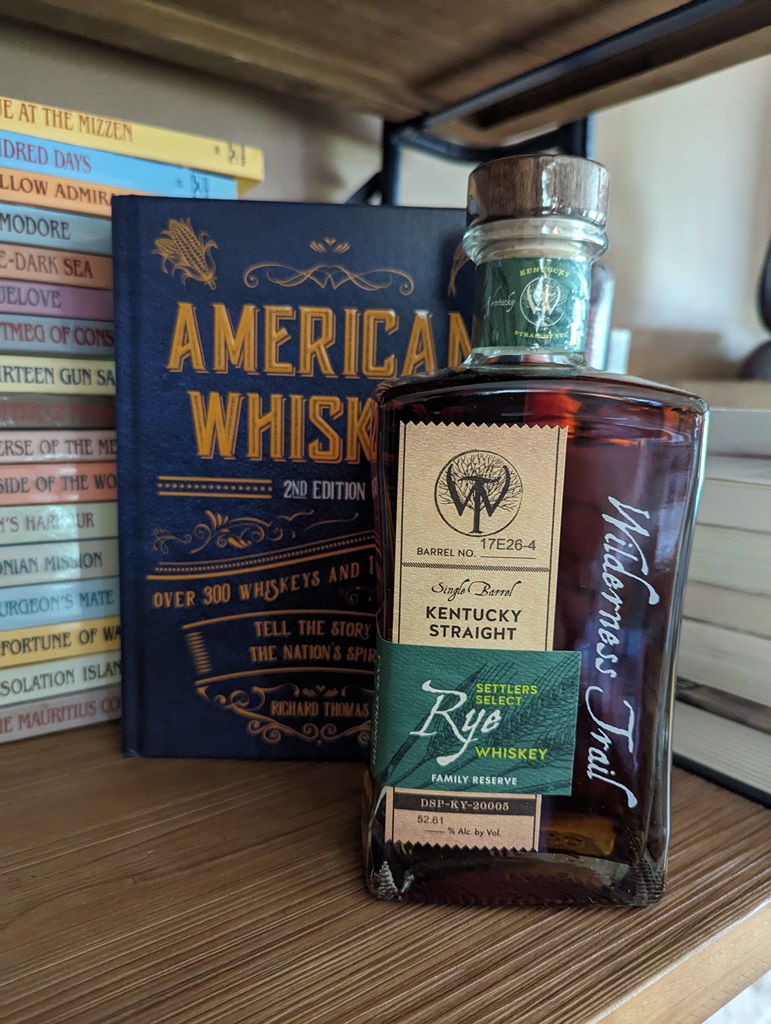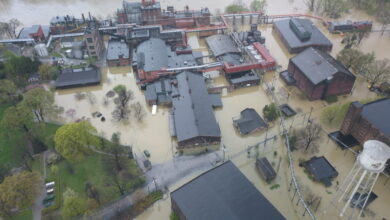Q&A With Lisa Ryan, Walsh Whisky Distillery Manager
By Richard Thomas

(Credit: Walsh Whiskey)
Although Walsh Whiskey has been around for quite a while with its sourced brands The Irishman and Writer’s Tears, it was only a little over a year ago that they opened their County Carlow distillery to great fanfare. The plans of Bernard and Rosemary Walsh for the plant are ambitious, to say the least. Not only is the €25 million distillery able to produce all three types of Irish whiskey—pot still, malt and grain—but its capacity was projected at roughly 10% of Irish Whiskey output as it was at the time of construction was approved in 2014. The Walshes intend to keep at least 85% of this for their own brands, while also accepting some contract production.
To supervise the carrying out of these ambitions, Walsh Whiskey hired Lisa Ryan last month. Although “women in whiskey” in the industrial and professional sense has been a big thing in America and Scotland for at least a few years now, there hasn’t been as much of it in Ireland. After Ryan was brought in as distillery manager at Walsh Whiskey, we made it a point to check in with her.
RT: Much of your background is in brewing, but you’ve spent the last few years working in distilleries. Now that you are the distillery manager at Walsh Whiskey, what insights do you think a brewer brings to making whiskey?
LR: When you think about the whiskey production process you can probably break it up into three areas: mashing, fermentation and distillation. Then after that is maturation, but the first two steps are essentially brewing. Getting the most out of your raw material to make the best quality spirit you can. It’s all about the barley and gently extracting the goodness out of it .
To produce a premium spirit you need premium raw materials, barley and water. Our distillery is located over a great aquifer whose water is just right for our mashing process with the right balance of naturally occurring minerals to aid our yeast though fermentation.
Ireland is known as ‘the food island’ because of the quality of our produce which is greatly aided by rich agricultural lands and a temperate climate. Our distillery is based right in the heart of what’s known as the ‘barley basket of Ireland’. We believe it is the best barley growing region in the world. The first farms harvested every year are in Carlow, at the end of July or early August. We know many of the fields and the farmers that grow the barley personally and have the luxury of calling on the best due to our location.
RT: And what are the big challenges in making the transition from making beer to making whiskey?
LR: I would say that the transition from beer to whiskey is quite a natural one. Yes, you are relying on your fermentation to bring the best out of your barley, but you also need extra activity in fermentation to create that silky mouthfeel in your spirit.
In that respect the whiskey-making process is more of an art, in that you allow the liquid to evolve. The brewing process, for me, involved a lot more monitoring and intervention if anything deviated. Whiskey-making for me is just more interesting.
RT: Now you’ve gone from Waterford Distillery, which is five years from releasing its first Irish single malt, to Walsh Whiskey Distillery, one of biggest new distilleries in Ireland. Is the scale-up much of a switch?
LR: Having worked in various Diageo plants I’m used to upping the gear to suit the role so yes while it’s a switch up a gear or two I’m loving it so far, it’s a new challenge and a fantastic team to be working with.
RT: With your beer background, I have to ask: what beers would you pair with The Irishman and Writer’s Tears in beer and a shot of whiskey combos?
I would pair a Guinness with The Irishman and a 12 Acres Pale Ale with the Writers’ Tears.


